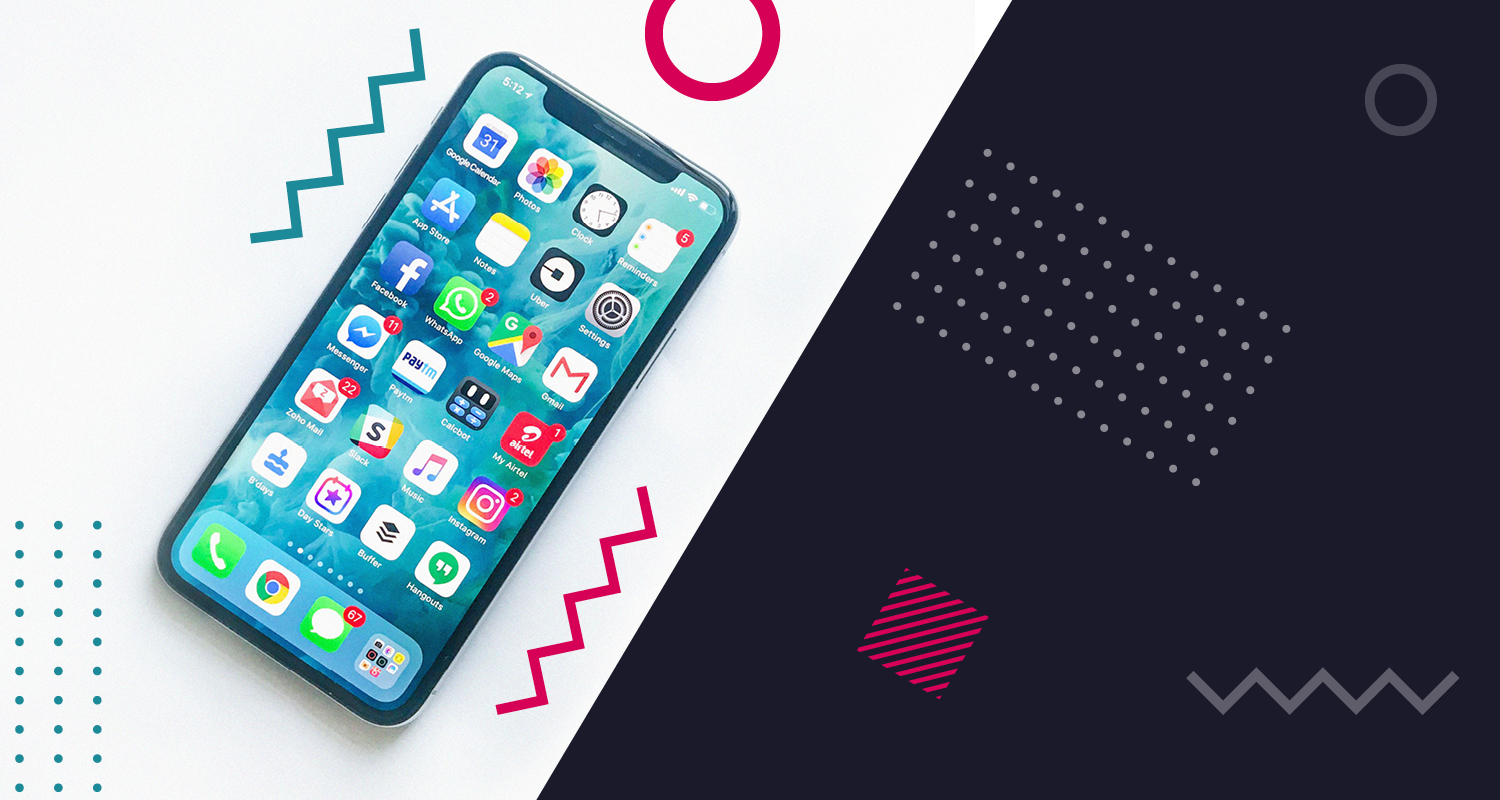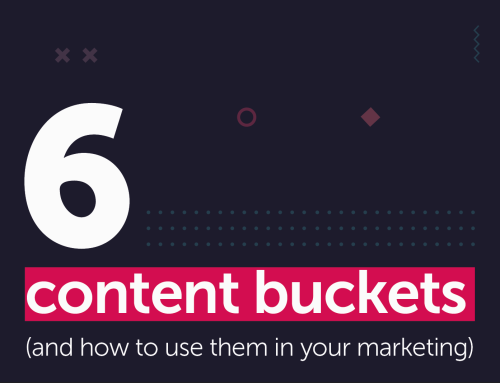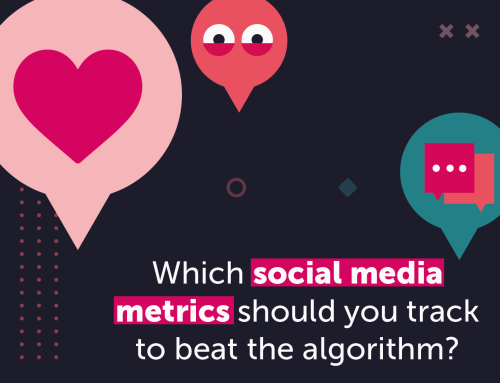While dozens of channels fall under the umbrella of ‘social media’, all of them are actually quite different. Sure, the premise is more or less the same for each. But what about the finer details that set them apart?
Every channel is unique — helping you reach your audience and engage with them in a slightly different way. Plus, given that each platform has millions (or in some cases, billions) of worldwide users, there’s an unimaginably vast audience to tap into!
So, let’s take a look at how you can make the most of these social media giants…

With nearly three billion users, Facebook is the most used social channel in the world, yet still maintains its wholesome ‘family feel’. (It’s probably the only social media platform your nan uses!)
There’s a page for pretty much everything on Facebook. Businesses can join ‘groups’ and use this feature to connect with local communities and reach their immediate audiences. If you want to ramp up your business’ customer service, Facebook is also the place to do so. Through Facebook, you can create a support community for customers to ask and answer questions about your business, products or services. The Facebook Messenger feature also allows customers to ask you questions directly.
Facebook is also great for social advertising. The platform’s well-established paid advertising feature gives you immense flexibility and control over who sees your adverts. Not only does this ensure your message gets to the right people, but it also means you use your budget more effectively as the people you reach are more likely to visit your website and convert to a sale.
What’s more, Facebook’s retargeting function enables you to reach people who are already familiar with your brand and have seen a previous advert of yours. Retargeting then gives them a little push in the direction of relevant products or services — helping you convert the few that got away.
Think of Twitter as your newsflash platform.
You’re limited to 280 characters, so it’s critical to use the afforded space wisely by being smart with your messaging. Usually, this looks like showing your audience that you’re up to date with current industry topics and hopping on any relevant news stories.
Discovering what’s trending on Twitter is made simple by hashtags. Twitter was the first social channel to use hashtags, and although it took a while for other platforms to catch on, this little symbol has stuck around and become an iconic feature across all social media.
Visuals also play a central role in successful Twitter marketing, so be sure to make good use of images, videos and GIFs. Tweets with videos gain up to 10 times as much engagement as those without, and posts with a GIF offer a 55% increase to your engagement.
LinkedIn is like a virtual conference room full of professionals. If you want to establish your brand as a thought-leader and a source of relevant knowledge, LinkedIn is the place to be.
This B2B channel allows you to get involved in topical industry discussions by leaving thought-provoking comments and engaging in conversations with others in your sector (and potential customers, too!).
Through LinkedIn, you can also write and share articles directly on the platform to demonstrate your understanding of key trends and industry topics — allowing you to offer valuable insights to readers and assert your authority. You can then include links to relevant pages of your website to help drive traffic back to your site. If a post gains momentum, LinkedIn’s algorithm promotes it to an even wider audience, offering immense visibility.
Instagram is the ‘mood board’ for your brand: an immediate visual snapshot of your personality.
This platform is typically geared more towards B2C brands, but any business can make the most of Instagram if they have the right visuals. The grid-style layout gives users a quick overview of your business’ identity — so it’s crucial that your images are slick and consistent across the board (or grid).
Although Twitter was the founding father of the hashtag, Instagram has taken the idea and run with it — allowing you to add up to 30 per post. Hashtags are what make your posts searchable and group them with other posts using the same tags. Analysing and including relevant industry or trending hashtags will help give your posts visibility on such a busy platform.
Playful engagement with your followers is also possible with Instagram Stories, where your audience can respond to polls or give direct feedback via the ‘Ask me a question’ button. IGTV is another of the newer features of Instagram that allows you to post videos up to 10 minutes long, while the 30-second Reels function is a quicker and more light-hearted video resource.
A new wave of social media
Like everything digital, social media is evolving rapidly. Not only are existing platforms changing and adapting to new trends, but all-new platforms are emerging in their own right.
Channels such as TikTok seemed to pop up overnight. This platform now has over one billion users and is the most downloaded app on the iOS App Store! Another budding social media channel is Clubhouse. Clubhouse is unique in that it uses audio-only chatrooms that can be browsed and joined based on interests and current participants.
With so many channels at your disposal, it can feel like an impossible task to have a presence on each one. But the truth is, your brand doesn’t have to be on every platform. No business ‘should’ be on any channel if it’s only going to let them down. So, it’s important to find out which channel (or channels) works for you. And if you’re short on time or resources, it may be worth considering outsourcing…
Need a hand with social media? Keen to overhaul your marketing strategy? Whatever your digital marketing need, we can take care of it. Take our free marketing audit or get in touch today.










